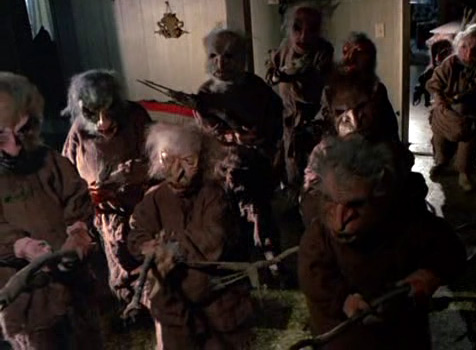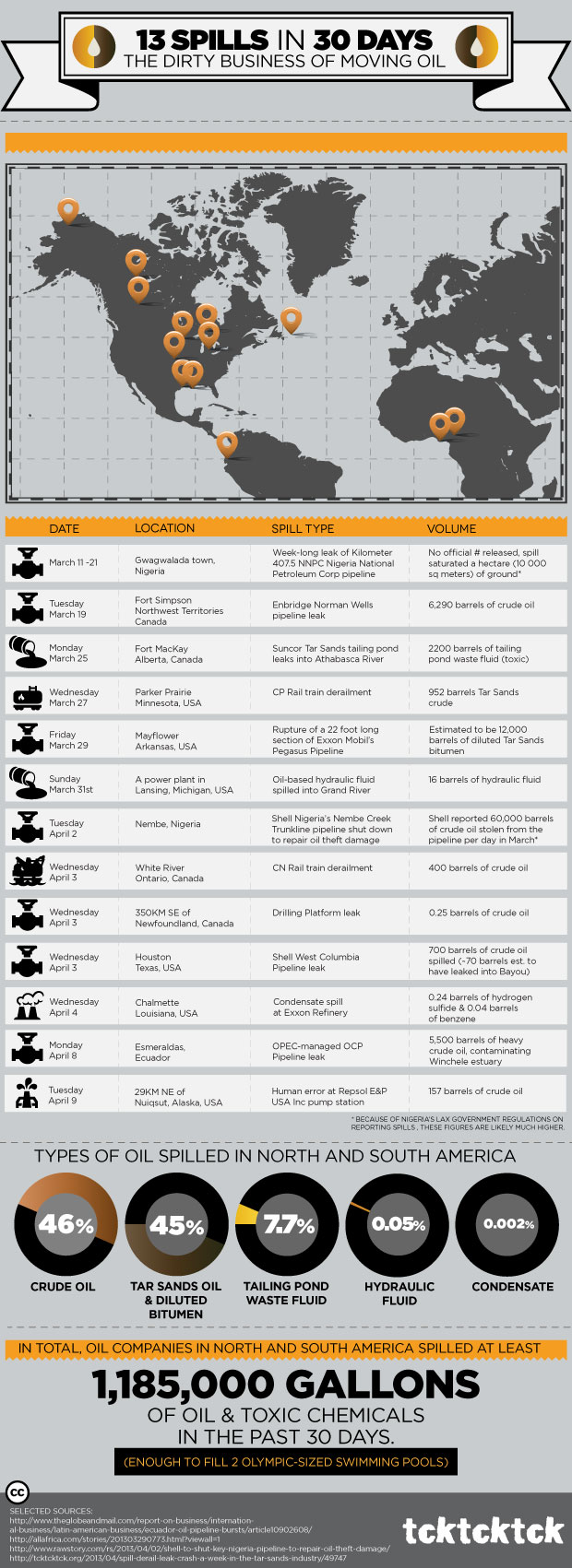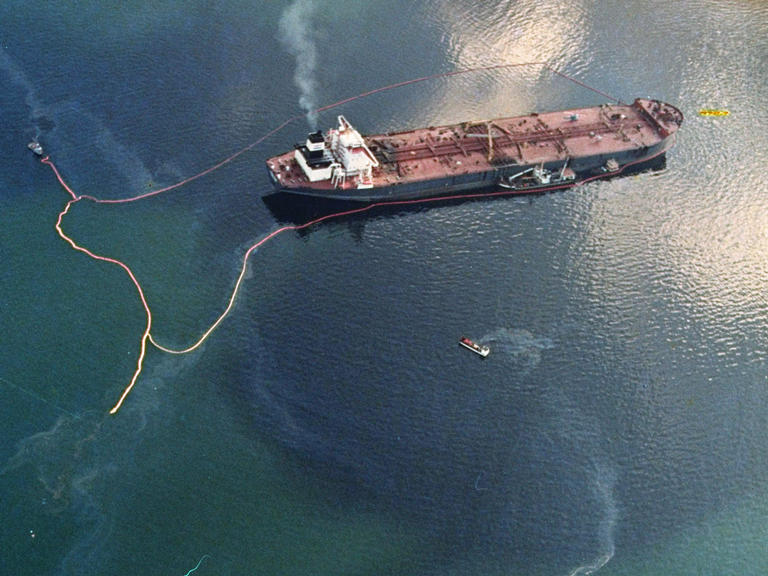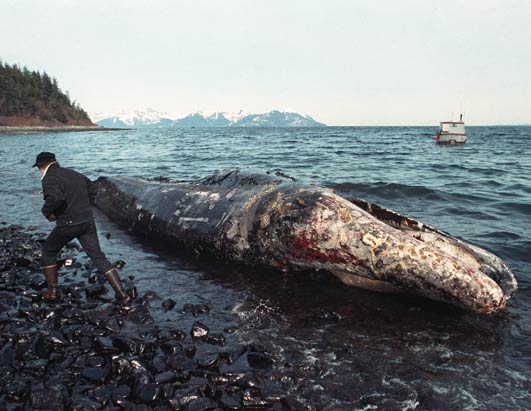Fini
15 years ago
Life as I Perceive it on the Canka Luta Waste... And, We Are So Very NOT Amused





 Oily snakes — or snake oil?
Oily snakes — or snake oil?The majority of the impacted wildlife has been reptiles, primarily venomous snakes.
 Strangely, HuffPost reports,
“According to its Facebook page, the Helping Arkansas Wild Kritters
(HAWK) Center, which has worked to help scores of animals hurt by the
March 29 spill, has not rescued any venomous snakes, but has cared for many birds.”
Strangely, HuffPost reports,
“According to its Facebook page, the Helping Arkansas Wild Kritters
(HAWK) Center, which has worked to help scores of animals hurt by the
March 29 spill, has not rescued any venomous snakes, but has cared for many birds.”

"Enough is enough! How many of these accidents do we need to see before we get serious about phasing out our dependence on this dangerous industry. We have a choice to make between charting a course for our future and our children's future. Saying no to the Keystone XL, Enbridge Northern Gateway, Kinder Morgan Trans Mountain pipeline and other proposals means saying yes to safer, healthier communities and getting serious about green jobs that we can feel proud of." -- Ben West, Tar Sands Campaign Director for Forest Ethics AdvocacyAll spills in order of occurrence:

Elder's Meditation of the Day - April 10
"Together we can end the Holocaust against the environment."
-- Haida Gwaii, Traditional Circle of Elders
We are all familiar with the Holocaust against the people. When this
happens we feel bad and we vow never to let it happen again. We need to
seriously examine what human beings are doing to the Earth and the
environment. Many species are extinct and many more will become extinct
during the next 10 years. We are methodically eliminating life that
will never return again. Today, we should take time to pray real hard
so we wake up before it is too late.
Great Spirit, today, I pray for us to awaken to what we are doing.


| Exxon Valdez oil spill | |
|---|---|
 3 days after Exxon Valdez ran aground
3 days after Exxon Valdez ran aground |
|
| Location | Prince William Sound, Alaska |
| Coordinates |  60.83333°N 146.86667°WCoordinates: 60.83333°N 146.86667°WCoordinates:  60.83333°N 146.86667°W 60.83333°N 146.86667°W |
| Date | March 24, 1989 |
| Cause | |
| Cause | Grounding of the Exxon Valdez oil tanker |
| Operator | Exxon |
| Spill characteristics | |
| Volume | 260,000–750,000 bbl (41,000–119,000 m3) |
| Area | 11,000 sq mi (28,000 km2) |
| Shoreline impacted | 1,300 mi (2,100 km) |
Contents |




